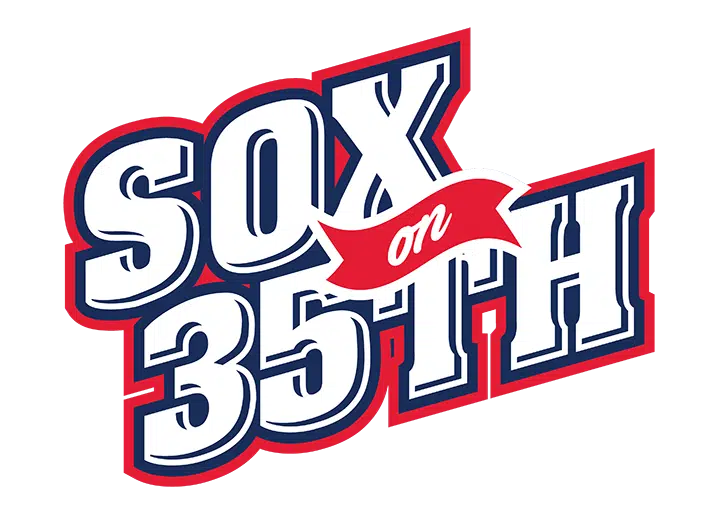Luis Robert is off to a scorching start in Winston-Salem. Fully recovered from lingering hand injuries, his power has returned and is sparking excitement throughout the White Sox fanbase. With just about 75 games of stateside baseball (including the Arizona Fall League) under his belt, however, it is probable that Robert does not see time in the majors until 2020. Yet, someone as talented as Robert may not necessarily need extended seasoning in the minors. There is an argument to be made for putting Robert on some variation of the Juan Soto track, resulting in him seeing the majors in 2019.
Skill
I argued in a post last year (Projecting Luis Robert’s MLB Career) that a healthy Luis Robert, at the time of writing in July of 2018, was skilled enough to be a solid bench player in the majors, largely due to his speed and defense in center field. In a sense, his floor is actually Adam Engel: a good defensive outfielder who can be used as a pinch runner. But Robert is substantially more skilled than Engel, and has raw power and impressive bat speed that suggest he will be more successful long-term as a hitter. In terms of player comparisons, I listed Lorenzo Cain and A.J. Pollock as potential points of reference for Robert. He is still fairly raw as a player and will probably not hit as well as those two right away, but as we’ve seen with players such as Soto or Ronald Acuña, some of these supremely talented players are in fact able to dominate MLB pitching right away.
Experience
As mentioned earlier, Robert has only played 75 stateside games. Before making his MLB debut, however, Juan Soto had only played in 122. In 2017, the year before his MLB debut, he only played in 32, while Robert played 50 games last season. Soto’s highest level in the minors was AA, where he played a whopping 8 games before his call-up. Obviously, the Nationals may have had a little more urgency to get Soto in their lineup since they were hoping to be a playoff team. Regardless, Soto dominated each level he played at, and if Robert does the same once he is promoted to AA, perhaps the White Sox should be a little more aggressive with him and challenge him with a promotion to AAA earlier than planned. Rick Hahn has often stated that the White Sox will not rush prospects based on need at the MLB level, but Robert’s timeline would not be altered for this reason; rather, he would be promoted more aggressively because he has the talent to fly through the minor leagues.
Service Time
Perhaps the most convincing argument against a more aggressive timeline for Robert relates to everyone’s favorite topic: service time. A cup of coffee in the majors for Robert this season could benefit him, but it would (as things stand) cost the White Sox a year of control that they could guarantee by keeping Robert in the minors through about mid-April of 2020. One solution to this could be a contract extension, which an astonishing amount of players have been agreeing to over the past month or so. Robert, who agreed to a $26 million bonus out of Cuba, has clearly already made a significant amount of money, so a long-term extension may not be a priority for him. Therefore, the main factor that makes a Juan Soto timeline unrealistic for Robert is the extra year of control that would be lost.
Forcing The Issue?
I don’t mean to belittle Juan Soto when I continue to cite his timeline as a potential blueprint for Robert. At just 19 years old, Soto reached the majors and promptly recorded 48 extra base hits, 79 walks, a .406 on base percentage, and a .923 OPS. It was arguably the greatest offensive season ever by a teenager. I am not suggesting that Robert is capable of such output, but that exceptionally talented players such as Soto and Acuña have shown that extensive minor league seasoning is not always necessary. If Robert continues to display what he is capable of in the minors, he very well may be a part of that group. While the White Sox would likely not pursue such an aggressive developmental approach with their future center fielder, partially due to service time concerns, Robert could make things more difficult by continuing to steamroll the minors. Assuming that he does, which is not all that outrageous given his talent and (fingers crossed) good health, Robert may reach a point where it his best for his development to face tougher competition. With the MLB outfield being as weak as it is, he certainly is not being blocked, either. Banking on Robert’s talent and accelerating his timeline might, as a result, actually benefit him long-term due to the increased experience.
While we are not yet near the point where Robert is actually forcing the issue for an MLB call-up, these situations need to be evaluated before they arise in order to prevent the need to scramble and make a rash decision. Service time concerns may render this dream unrealistic, but with the current status of the on-field product in Chicago, dreams like this are worth discussing.
All photos used in this post belong to the Winston-Salem Dash (from Twitter: @WSDashBaseball)

